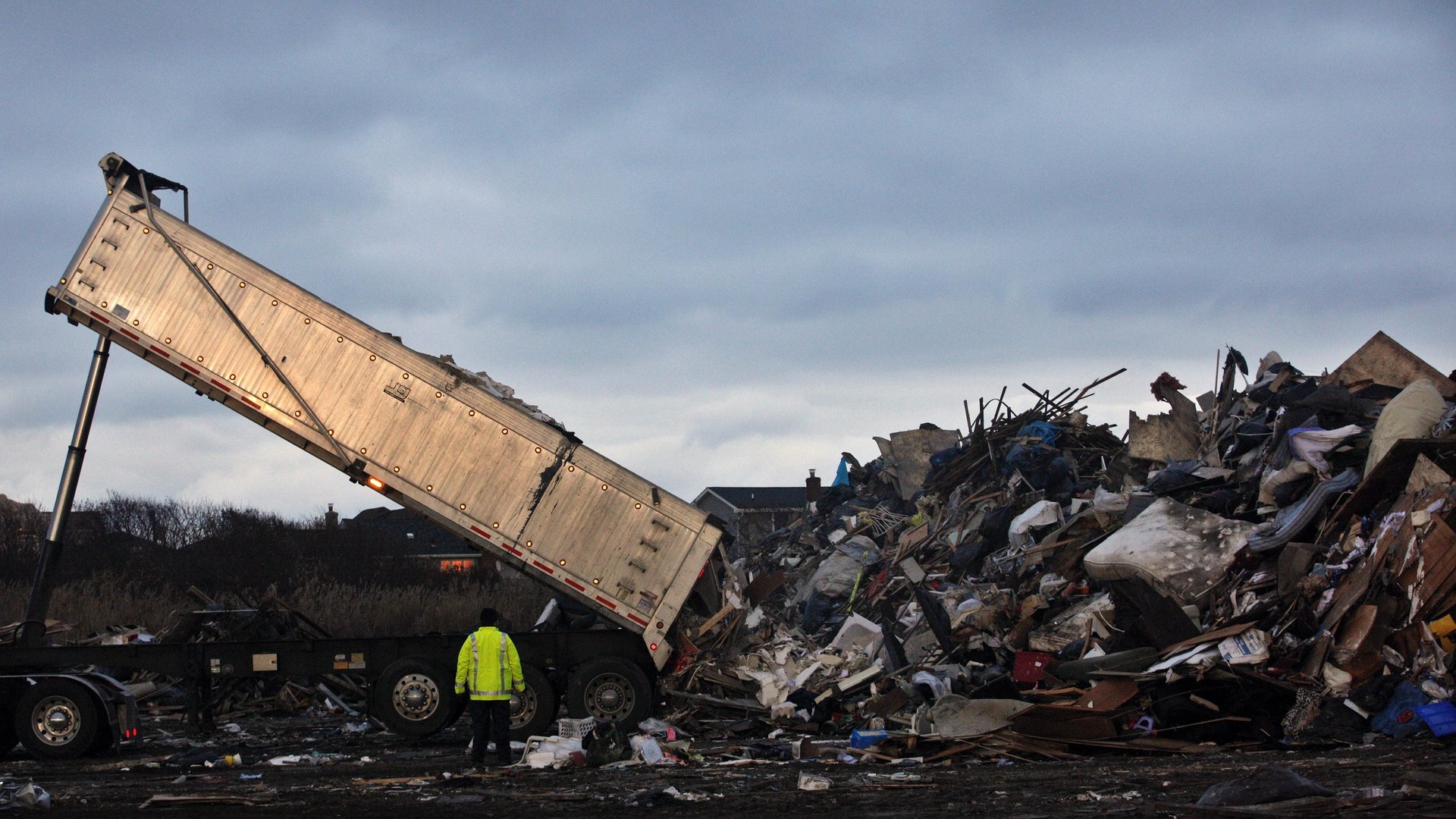Tech investors bet they’ll make more money mining garbage than burning it
Venture capitalists have always thought one person’s trash is another person’s treasure—theirs. For at least a decade, investors poured money into technologies to turn garbage into electricity by burning it. That proved profitable enough. But in the last five years, the economics have changed.


Venture capitalists have always thought one person’s trash is another person’s treasure—theirs. For at least a decade, investors poured money into technologies to turn garbage into electricity by burning it. That proved profitable enough. But in the last five years, the economics have changed.
Reclaiming materials has become increasingly profitable as falling energy costs coincided with rising commodity prices. Recycled sources of metal, plastics, glass, and other materials are now more economical than virgin resources for many manufacturers. As a result, ”waste-to-energy may not be the best way to get most value from waste,” says Jerrold Wang, an analyst at the Lux Research firm focusing on emerging technology.
Wang authored Lux’s most recent report on venture investment in waste management, which found that from 2011 through April 2016, venture firms invested about $700 million in waste technologies. Over that time, investments for material recycling have increased 186%, hitting about $200 million annually in 2015. Meanwhile, waste-to-energy technologies have declined in the last two years, dropping about 50% from their 2014 peak of $42 million.
Investments in material recycling—primarily spent on the development software, data analytics, and robotics to process waste streams more efficiently— represented 65% of venture deals made in the recycling and waste industry over the last five years in Europe and the US, reports Lux. The next two biggest areas of investment were waste-to-energy (21%) and waste-water treatment (14%). The number of venture capital deals financing material recycling grew fastest in last year, more than doubling over 2014.
The trend has accelerated thanks to tanking oil prices, the expansion of cheap renewable energy, and pricier raw materials in increasingly volatile markets. Regulators in countries all over the world may accelerator recycling investments even more by mandating that billions of tons of waste never enter the landfill. The EU plans to divert 90% of municipal waste from landfills by 2030, and US states are considering similar targets.
That’s convinced investors that waste streams, if efficiently processed, could unlock a profitable new source of materials. Wang says the emerging vision for waste management is using software, analytics, and robotics to better catalogue and process trash at the source in homes and businesses. Companies can stream this data to processors who efficiently acquire, refine, and resell the materials back into the supply chain. Manufacturers can then integrate these materials in final products. If it works, this closed-loop economy would make waste a minimal percentage of today’s industrial manufacturing and consumption process, a “cradle to cradle” concept under development since at least 1976.